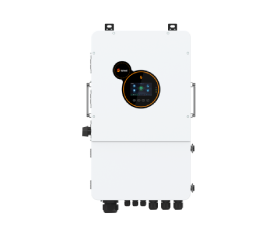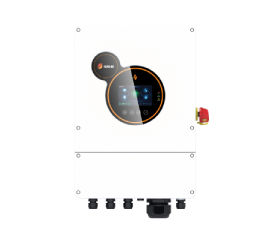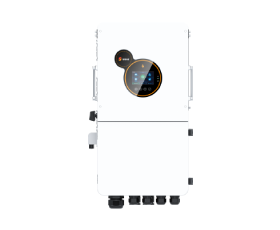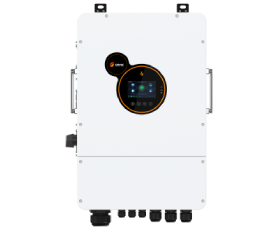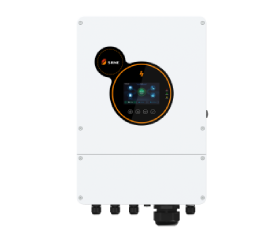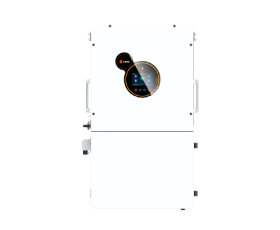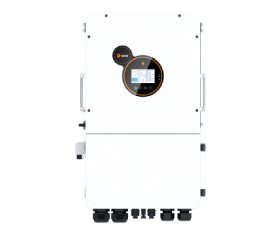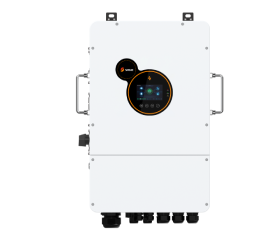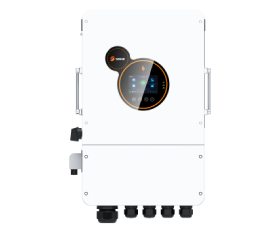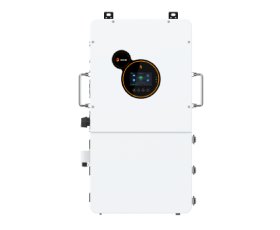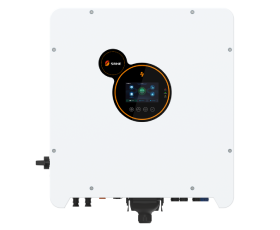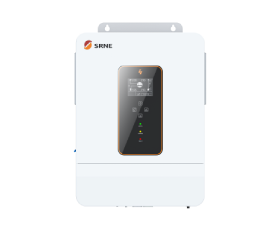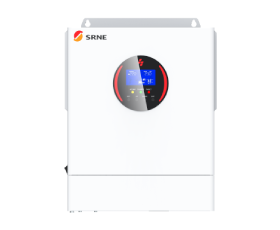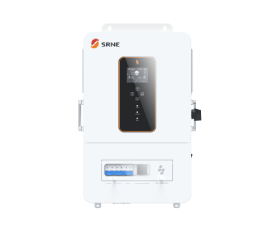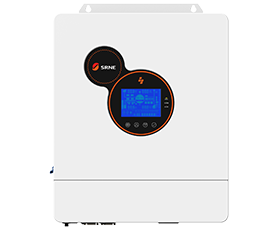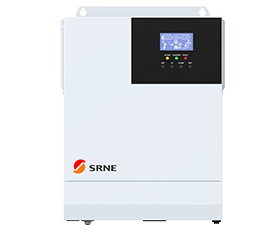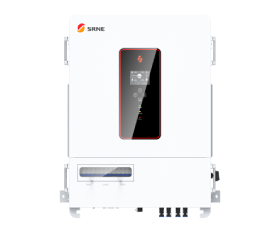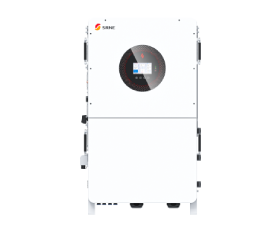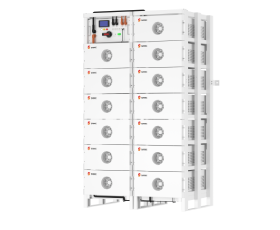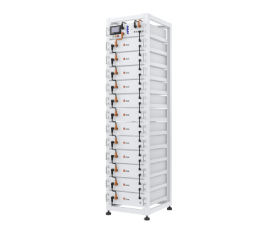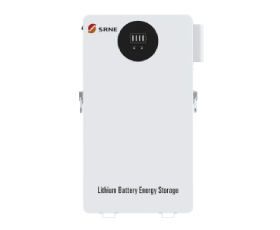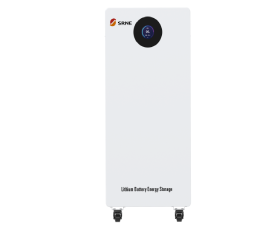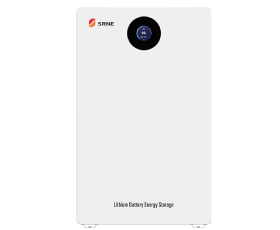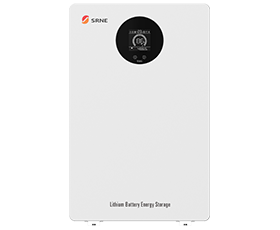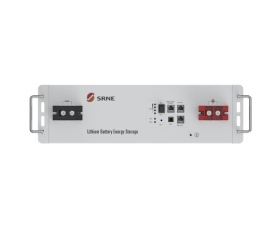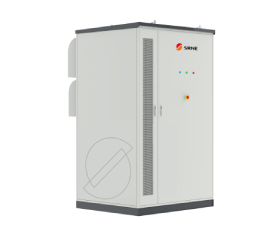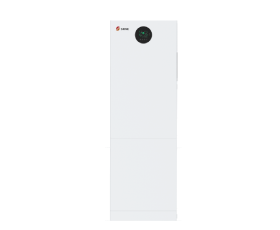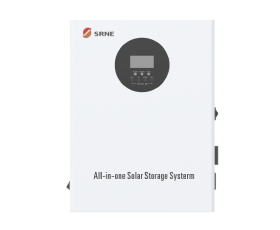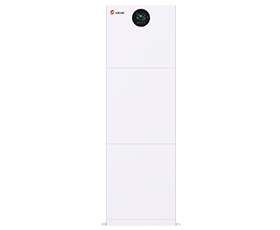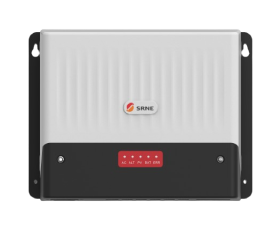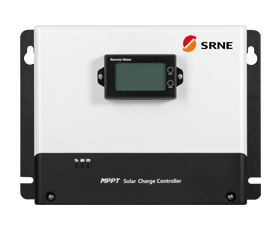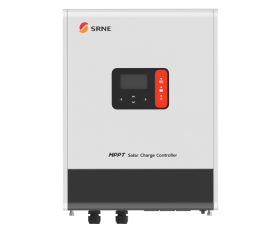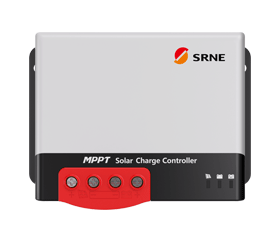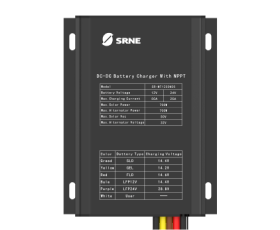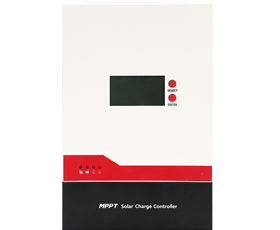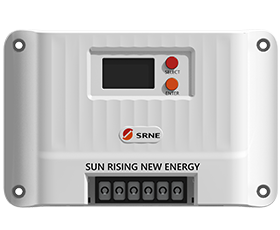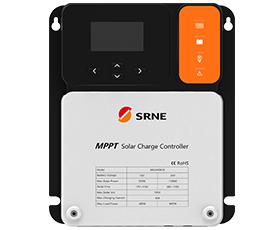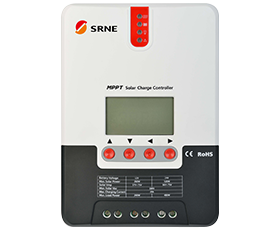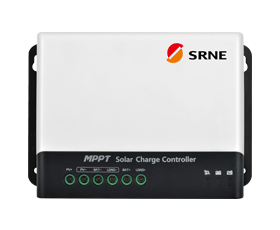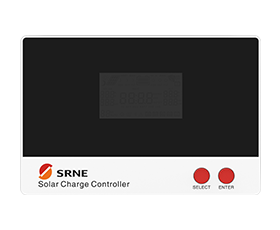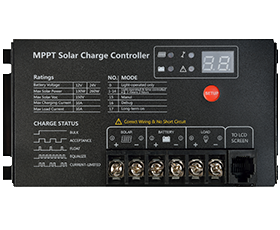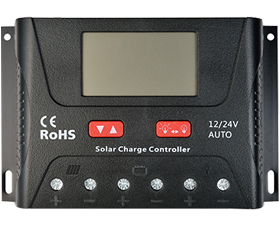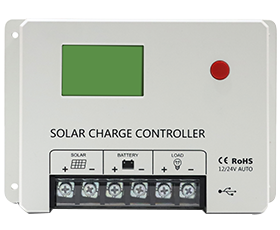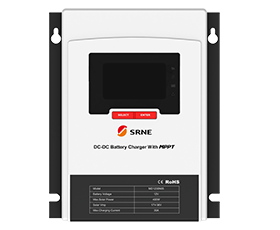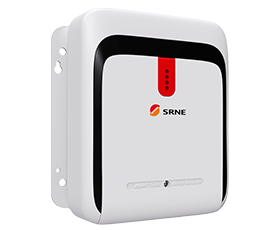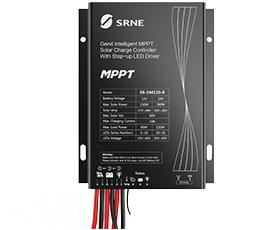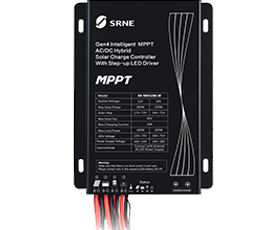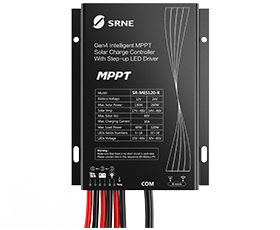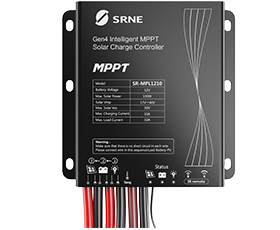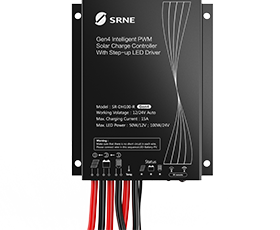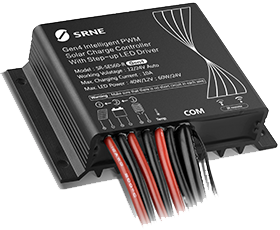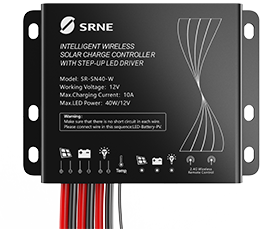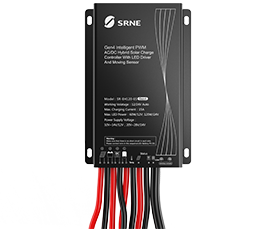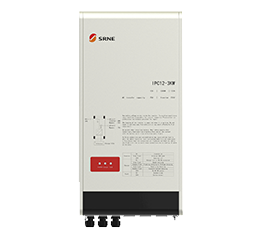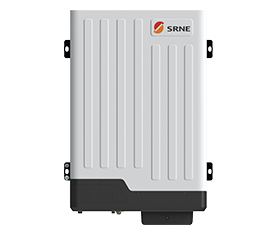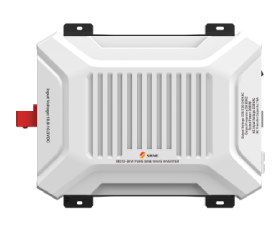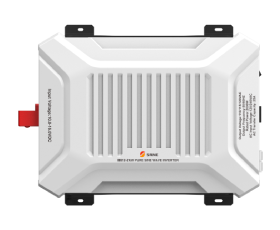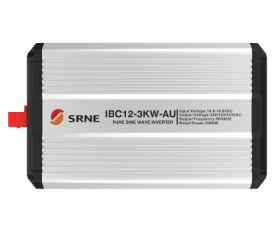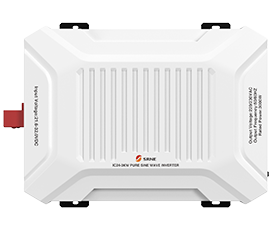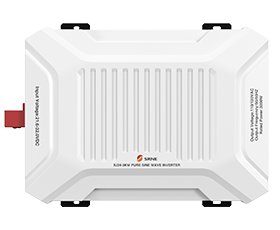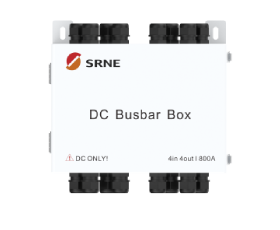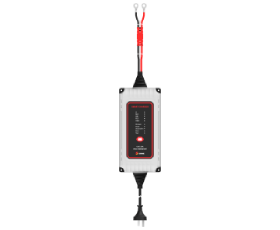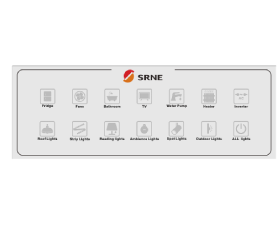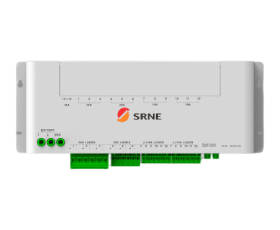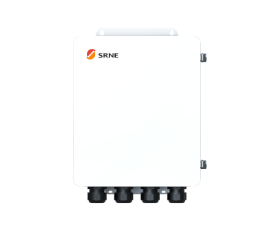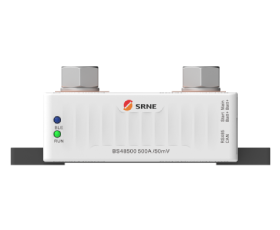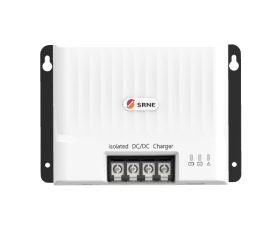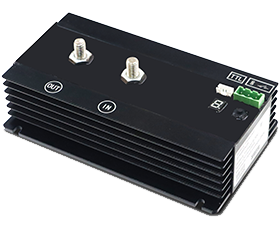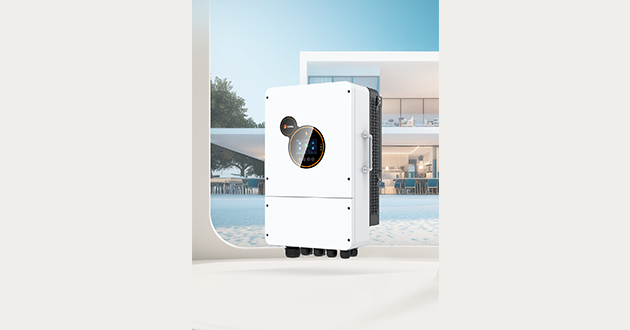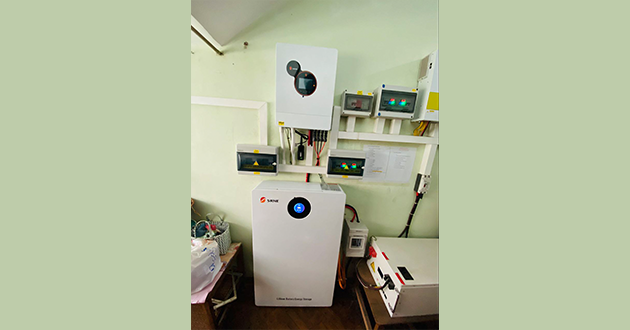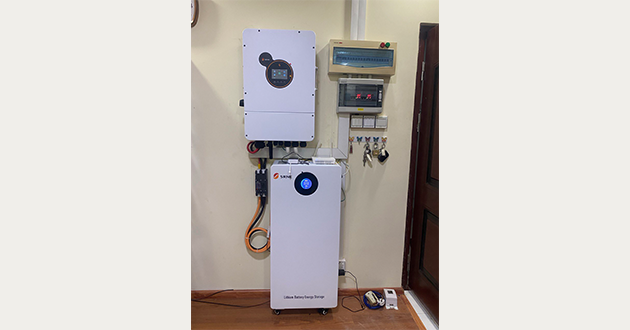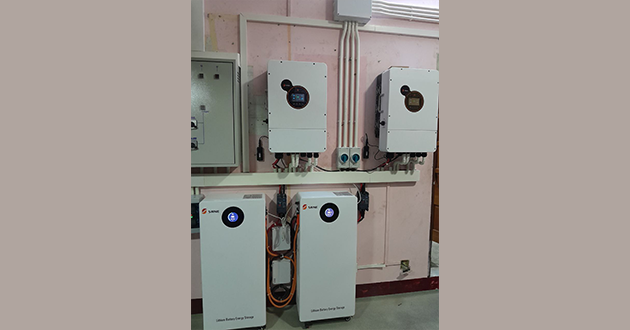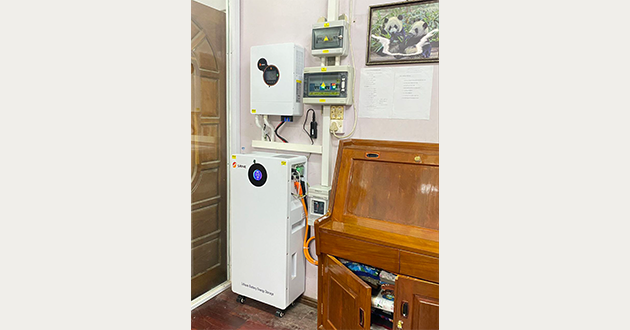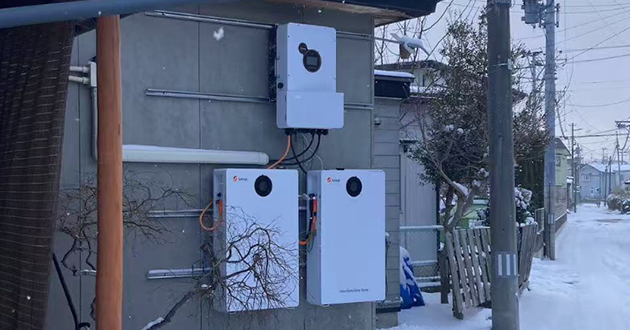Can a Hybrid Inverter Work Without a Grid ?
In this guide, we walk through how a hybrid inverter works in PV-only and battery-backed modes, how it compares with dedicated off-grid inverters, and the configuration steps that make the difference between a fragile setup and a dependable one. You’ll also get practical sizing rules, operating strategies, and a simple workflow to turn theory into a stable system.
Can a Hybrid Inverter Work Without a Grid?
Yes. Give a hybrid inverter a battery bank or a solar array and it can operate away from the utility—powering your home from stored energy or immediate solar generation, with capability ultimately capped by battery size and sun.
How Hybrid Solar Inverter Works
Some advanced hybrid solar inverter models can operate directly from solar panels in a PV only or standalone mode. This keeps the system simple and can cover noncritical daytime loads. Because output follows the sun, power can dip under clouds or shading and there is no supply at night. Without a firm reference from the grid or a battery, certain protections and control functions may be limited, surge and motor start capability is weaker, and many units need a minimum PV voltage and power level to start and remain online.
Want a deeper dive into real-world setups, sizing tips, and model types? Start with our in-depth guide.
https://www.srnesolar.com/articledetail/hybrid-solar-inverters-pros-types-more.html
With batteries and no grid, a hybrid solar inverter forms a local AC supply for the home, drawing on the battery bank while solar replenishes it during daylight hours. Runtime is set mainly by usable battery capacity and your average demand, roughly the available kilowatt hours divided by the typical load. The battery cushions solar variability, assists with motor starts, and keeps essential circuits running overnight and through bad weather. Good practice is to place critical loads on a dedicated backup subpanel, set a minimum state of charge reserve, and in cloud prone regions plan for a generator connection to ride through extended outages.
Hybrid Solar Power Inverters vs. Off-grid Inverters
Hybrid solar power inverters are grid-interactive: they can run in parallel with the utility or form their own islanded supply when the mains drop. If you have regular utility service but want seamless backup, they’re a strong fit. A hybrid solar inverter lets you maximize on-site solar use, enforce zero-export or export-limit rules while the grid is present, and switch over in milliseconds during an outage. Its real value is coordination—it prioritizes household loads, manages battery charge and discharge, trims or boosts solar as needed, prevents backfeed onto dead lines, and can tune operation for time-of-use pricing or demand caps. The result is resilience without losing access to programs like net metering or demand response.
Dedicated off-grid solar inverters are purpose-built for full-time standalone systems where utility power doesn’t exist. They emphasize rock-solid islanding with generous surge headroom for motors and compressors, tight generator integration with auto-start and managed charging, and features such as black-start and broad battery chemistry/voltage support. That focus makes them the better choice for remote cabins, farms, and other locations where interconnection is impractical and long-duration autonomy is the primary goal.
Hybrid Inverter Configuration
Enable off-grid or backup mode
Use the hybrid solar power inverter’s interface or app to switch on Backup, EPS, Stand-alone, or Island mode. Choose the regional Grid Code that matches local rules, then map circuits so the inverter clearly knows which branch is the normal grid side and which branch is the backup or Essential Loads side. That separation ensures the hybrid inverter supports the right circuits when it islands during an outage.
Critical-loads subpanel
In a hybrid solar inverter installation, move essentials—refrigerator, lighting, home network, furnace or boiler blower, and well or booster pump—to a dedicated critical-loads subpanel. Keep high-draw, nonessential appliances such as central AC, clothes dryers, and EV charging on non-backup circuits so short islanded runs aren’t overwhelmed by large inrush or sustained demand.
Battery settings and protection
Configure the hybrid solar inverter for the correct battery chemistry or protocol, set usable capacity in kilowatt-hours, and define safe charge and discharge limits. Reserve 20–30% minimum state of charge for emergencies. Verify BMS communication and enable over-voltage, under-voltage, over-current, and temperature protections to safeguard both the battery and the inverter.
Zero-export and metering direction
Use the hybrid inverter’s export controls to enforce zero-export or a power cap when the grid is present. Install and calibrate the external meter or current transformers with the correct orientation so readings are accurate and utility lines are never unintentionally energized during islanding or reconnection.
Transfer and load capability
Choose UPS-grade transfer if you need an almost seamless switchover. Set allowable overload and short-term surge limits so compressors and pumps start reliably. Make sure the hybrid inverter’s continuous and peak output comfortably exceed your largest expected loads, accounting for real-world inrush.
PV-side checks
String the array so open-circuit and operating voltages sit within the hybrid inverter’s MPPT windows across your climate’s temperature range. Note the minimum start voltage or power so PV-only operation doesn’t drop offline in weak sun or partial shade. In cold regions, confirm the array’s cold-weather Voc stays under the inverter’s maximum.
Grounding and compliance
Confirm how neutral-to-earth bonding works in islanded mode; many hybrid inverters switch an internal N-E relay only when in backup. Install surge protection devices, anti-islanding provisions, DC isolators, appropriately rated fuses or breakers, and RCBOs as required by local code. Have all wiring and protective devices installed and inspected by a licensed electrician.
Commissioning and drill
After setup, run a full outage simulation. Cut utility power, time the transfer, and make sure critical loads stay up. Log discharge power and runtime, and verify zero-export behavior, CT orientation, SOC reserve, and overload response. Finish by updating firmware and app components and enabling alerts so you get early warnings before small issues become big ones.
Hybrid Solar Power Inverter Key takeaway
Right size the hardware
A hybrid solar power inverter can run off grid only when the core pieces are matched well, including battery capacity, PV array size, and inverter power. Battery kilowatt hours determine runtime. As a rule of thumb, runtime is approximately equal to usable battery kilowatt hours divided by average load in kilowatts,and it’s wise to hold a 20–30% SOC reserve for nights and cloudy spells.The hybrid inverter power in kilowatts determines what you can run. The continuous rating should cover everyday use, and the surge margin must start motors such as compressors and pumps without tripping. The PV capacity in kilowatts determines how fast you can recharge. Aim to replace most daily consumption within your local sun window. In cloudy regions consider a larger array or provision for a generator.
Strategy beats brute force
Run your hybrid inverter with intention instead of just adding more hardware. Put essential circuits on a dedicated backup subpanel so the hybrid solar inverter supports the loads that matter during an outage. Keep a modest SOC reserve to avoid deep cycling, use time-of-use schedules to charge off-peak and discharge at peaks, and enable zero-export or power caps when grid-tied. Treat big discretionary loads as schedulable; shift EV charging, laundry, and pool pumps to sunny hours so PV does the heavy lifting. Schedule occasional outage drills and battery health checks, review logs for imbalances or unusual spikes, and keep firmware current. These habits smooth demand, reduce stress on batteries and electronics, and keep islanded operation steady when conditions are less than ideal.
A practical workflow
Start with a quick home audit: list critical loads, note their wattage, and decide how many hours of autonomy you need. Use the simple runtime rule to size the battery, then choose a hybrid inverter with comfortable headroom for both continuous and surge demand. Size the PV array for local sun hours so daily recharge is realistic. Once hardware is selected, finish grounding and protection to code, set the grid profile, SOC floor, charge and discharge windows, and export rules, and label the critical-loads panel. Commission the system with a full outage simulation, measure transfer time, confirm priority circuits stay powered, and record discharge power and runtime. After the first week, review telemetry and fine-tune schedules, limits, and reserves. Follow this loop and the hybrid inverter will make the most of grid and solar when available, and provide a calm, dependable island when they are not.
Read more:
https://www.srnesolar.com/articledetail/hybrid-inverter-vs-normal-inverter-which-one-is-better.html
Conclusion
A hybrid inverter can operate off-grid effectively when the system is sized and configured with care. Match battery kWh, inverter kW, and PV kW, keep a sensible SOC reserve, and use smart controls such as export limits, time-of-use scheduling, and a critical-loads subpanel.Commission the system with a full outage drill and fine-tune based on real data.




















